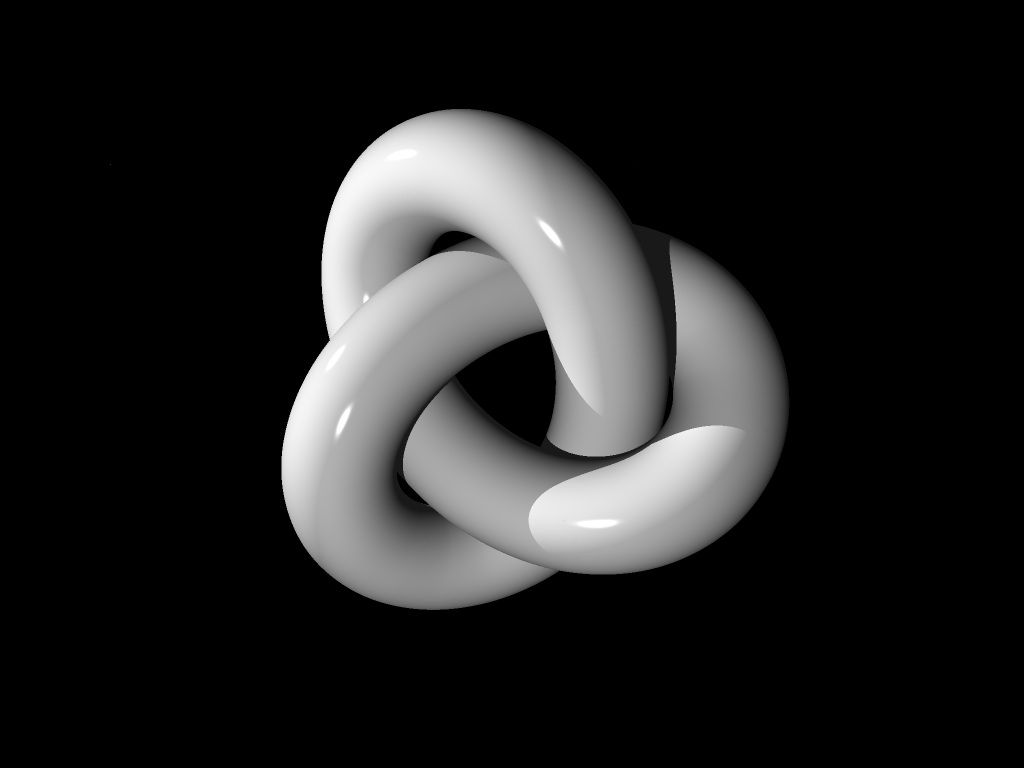
Low-dimensional topology
In mathematics, low-dimensional topology is the branch of topology that studies manifolds, or more generally topological spaces, of four or fewer dimensions. Representative topics are the structure theory of 3-manifolds and 4-manifolds, knot theory, and braid groups. This can be regarded as a part of geometric topology. It may also be used to refer to the study of topological spaces of dimension 1, though this is more typically considered part of continuum theory.
History[edit]
A number of advances starting in the 1960s had the effect of emphasising low dimensions in topology. The solution by Stephen Smale, in 1961, of the Poincaré conjecture in five or more dimensions made dimensions three and four seem the hardest; and indeed they required new methods, while the freedom of higher dimensions meant that questions could be reduced to computational methods available in surgery theory. Thurston's geometrization conjecture, formulated in the late 1970s, offered a framework that suggested geometry and topology were closely intertwined in low dimensions, and Thurston's proof of geometrization for Haken manifolds utilized a variety of tools from previously only weakly linked areas of mathematics. Vaughan Jones' discovery of the Jones polynomial in the early 1980s not only led knot theory in new directions but gave rise to still mysterious connections between low-dimensional topology and mathematical physics. In 2002, Grigori Perelman announced a proof of the three-dimensional Poincaré conjecture, using Richard S. Hamilton's Ricci flow, an idea belonging to the field of geometric analysis.
Overall, this progress has led to better integration of the field into the rest of mathematics.
A few typical theorems that distinguish low-dimensional topology[edit]
There are several theorems that in effect state that many of the most basic tools used to study high-dimensional manifolds do not apply to low-dimensional manifolds, such as:
Steenrod's theorem states that an orientable 3-manifold has a trivial tangent bundle. Stated another way, the only characteristic class of a 3-manifold is the obstruction to orientability.
Any closed 3-manifold is the boundary of a 4-manifold. This theorem is due independently to several people: it follows from the Dehn–Lickorish theorem via a Heegaard splitting of the 3-manifold. It also follows from René Thom's computation of the cobordism ring of closed manifolds.
The existence of exotic smooth structures on R4. This was originally observed by Michael Freedman, based on the work of Simon Donaldson and Andrew Casson. It has since been elaborated by Freedman, Robert Gompf, Clifford Taubes and Laurence Taylor to show there exists a continuum of non-diffeomorphic smooth structures on R4. Meanwhile, Rn is known to have exactly one smooth structure up to diffeomorphism provided n ≠ 4.